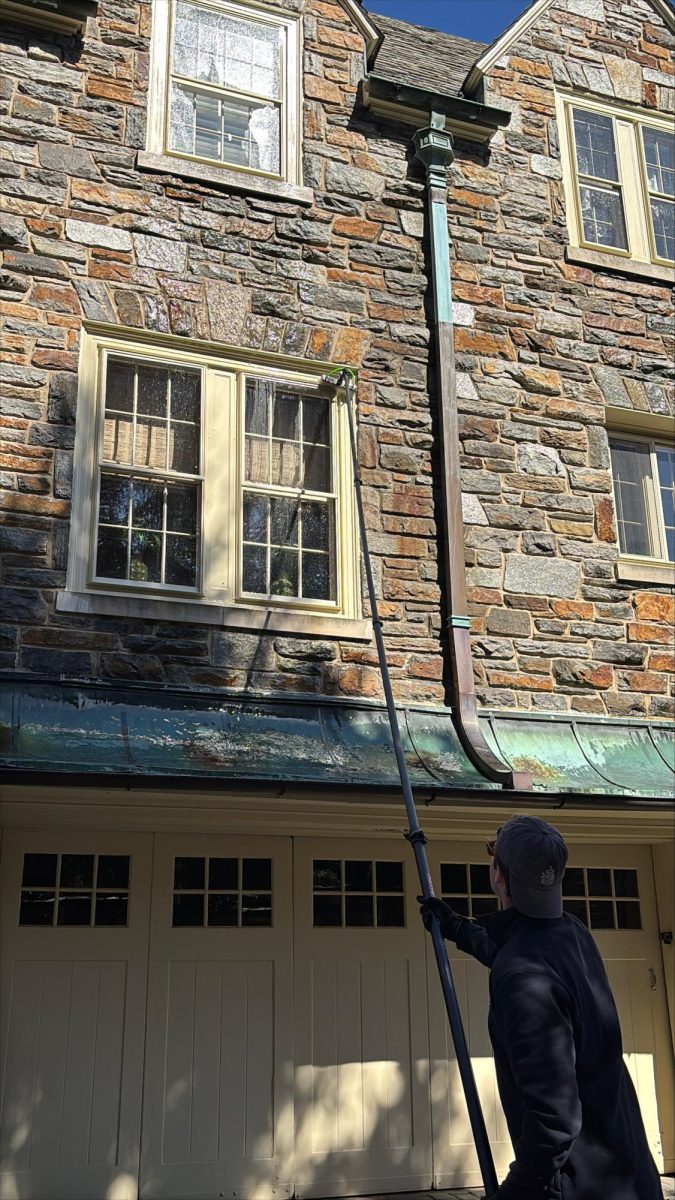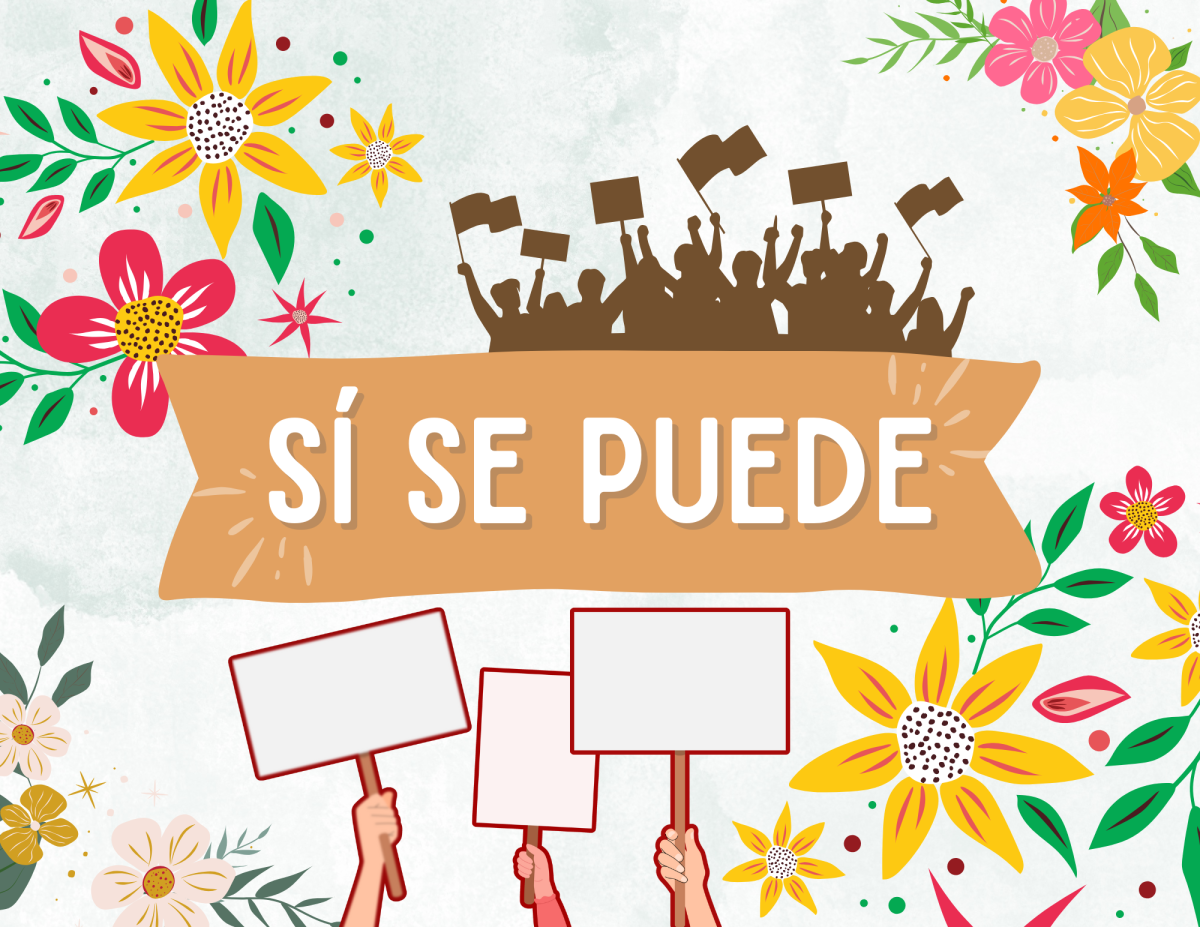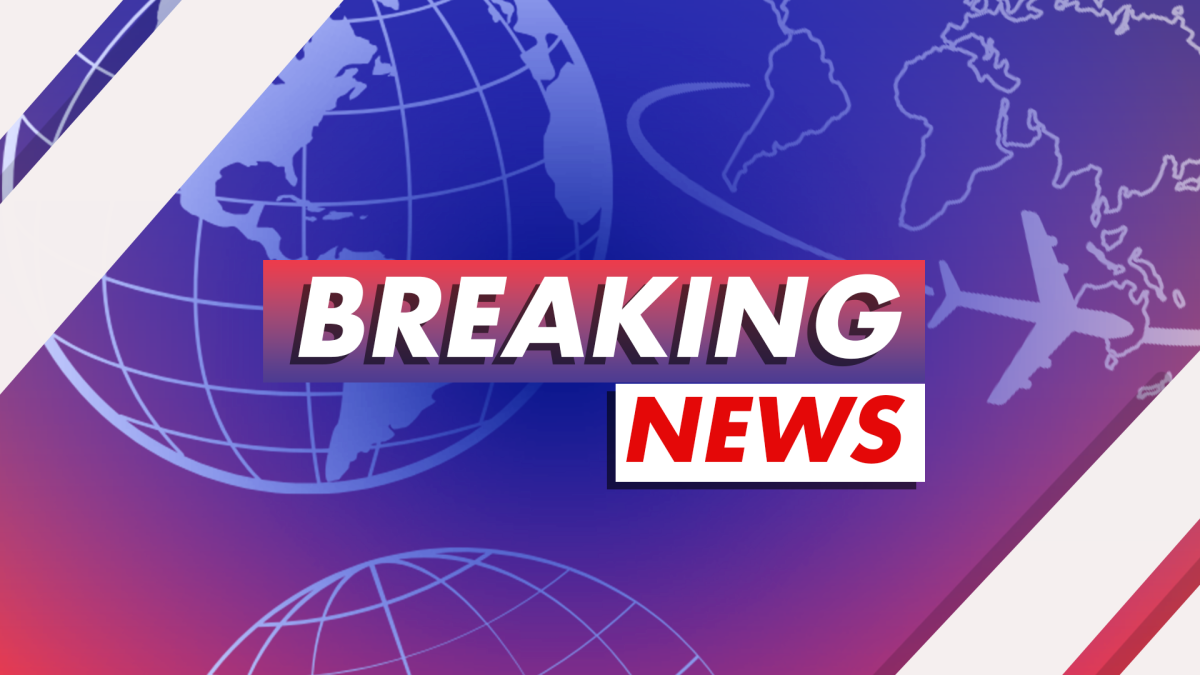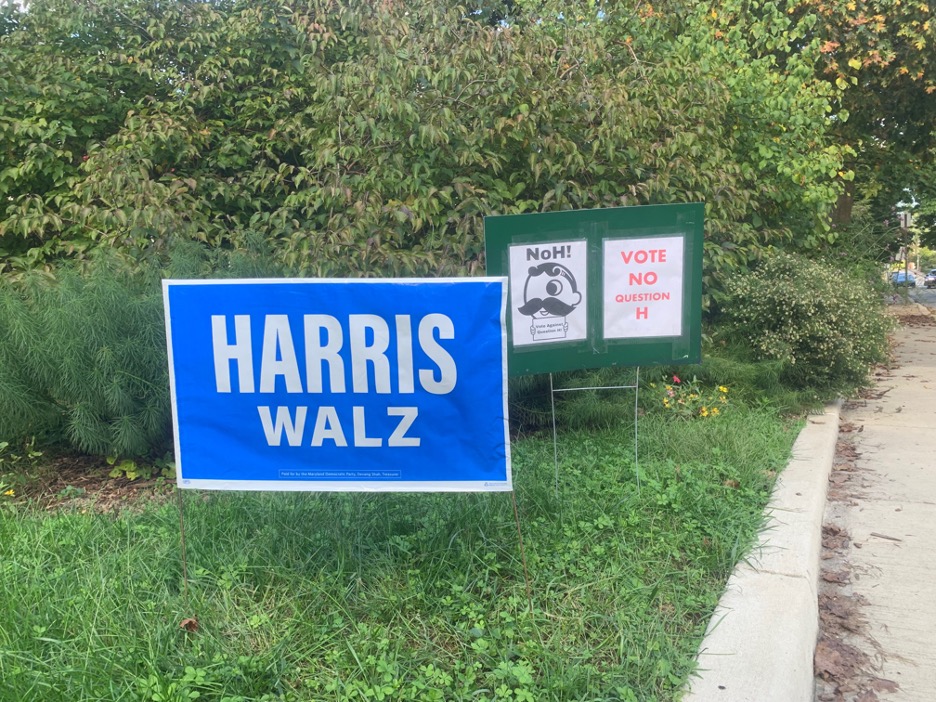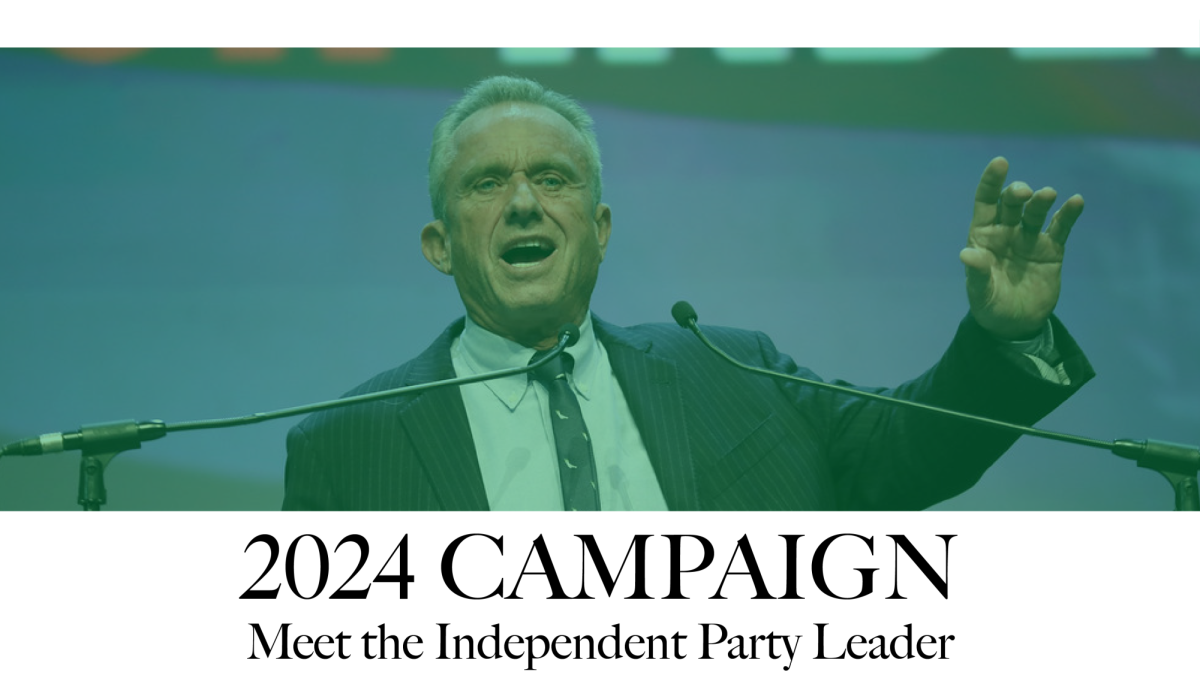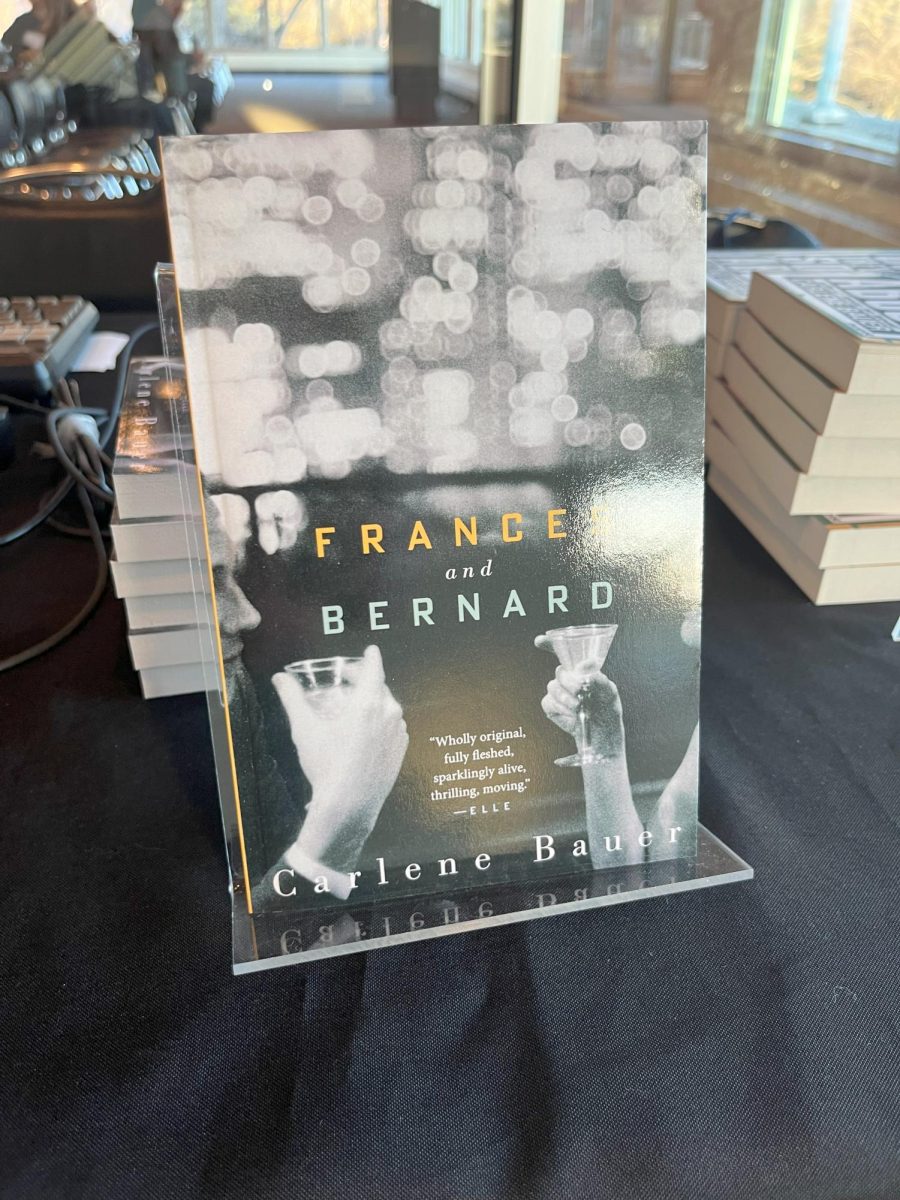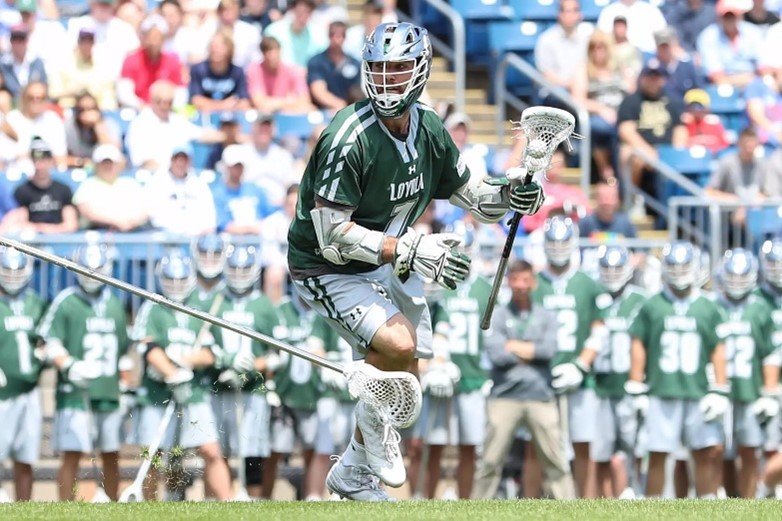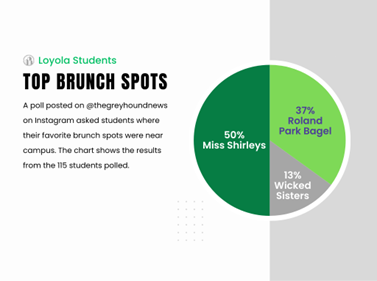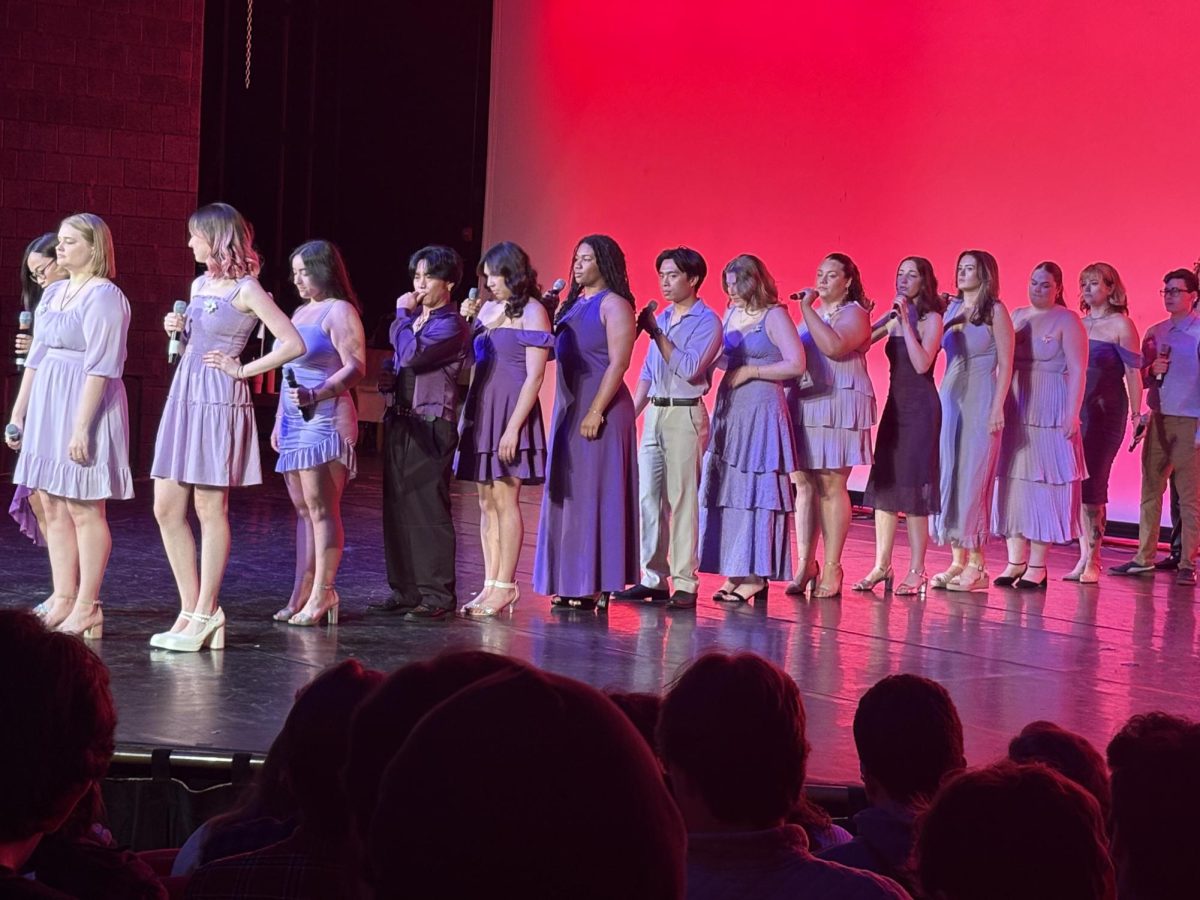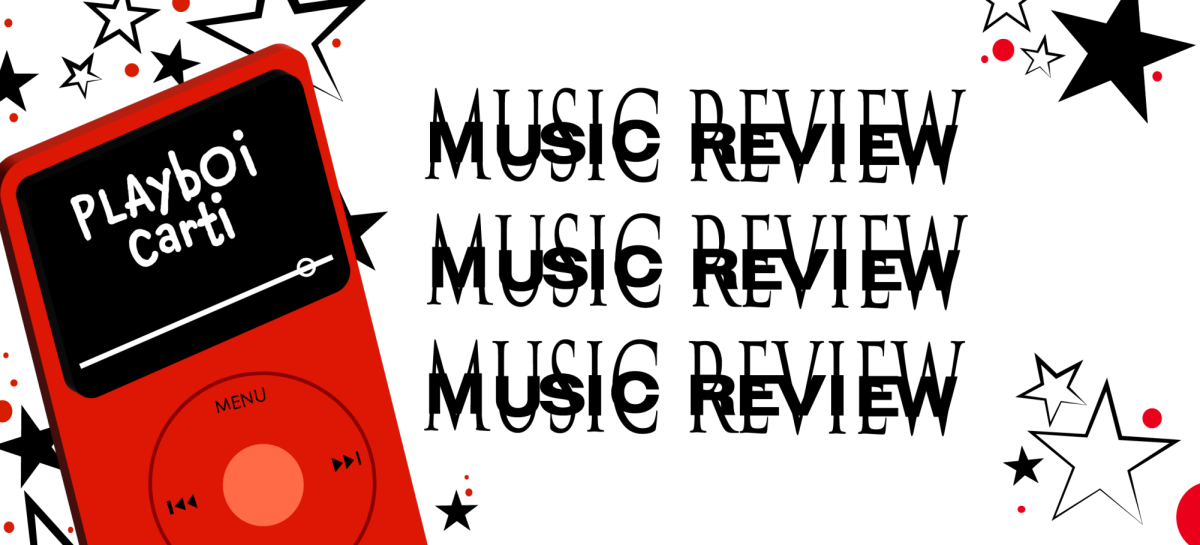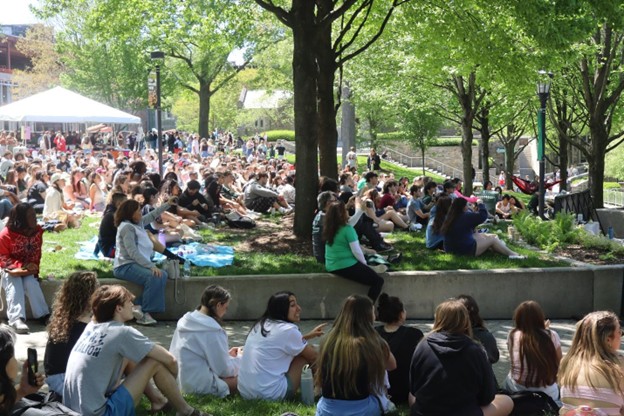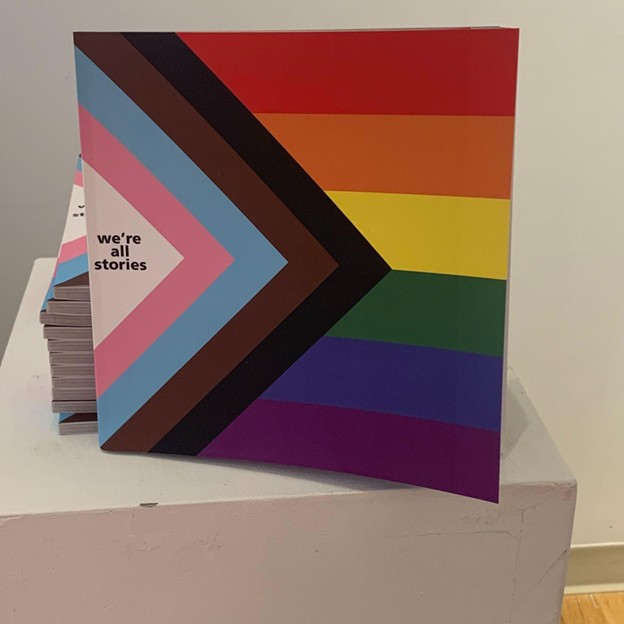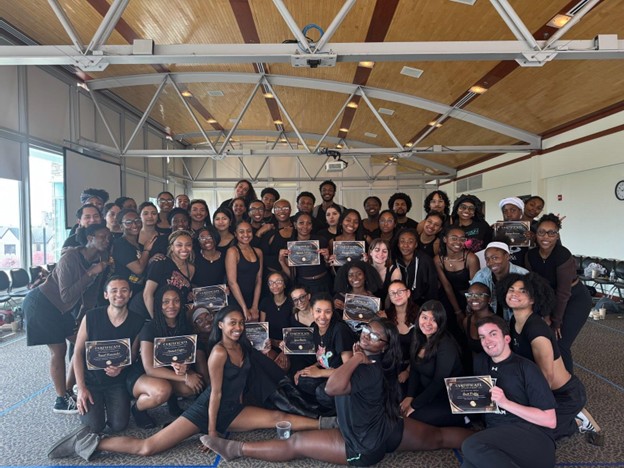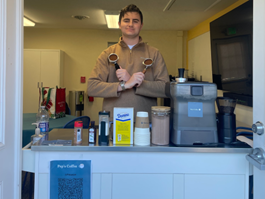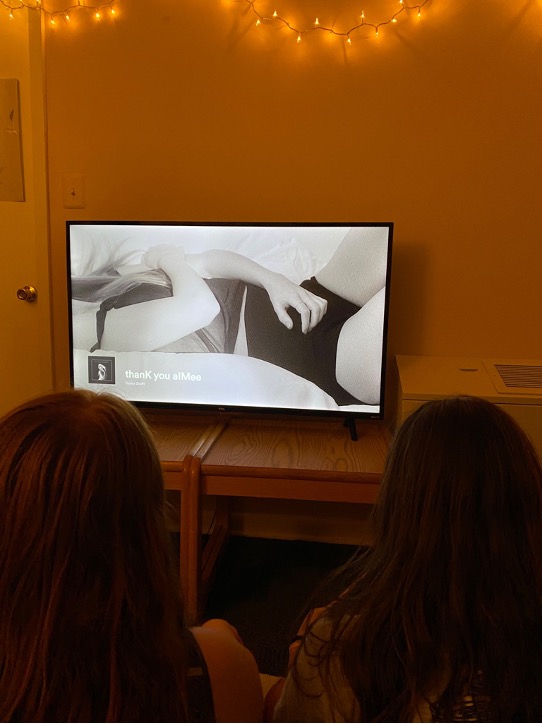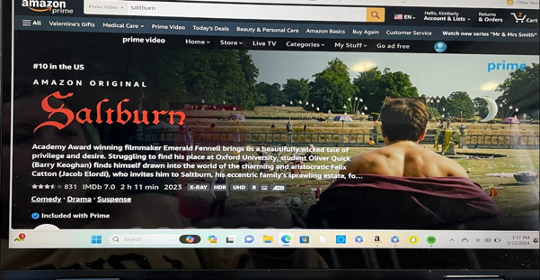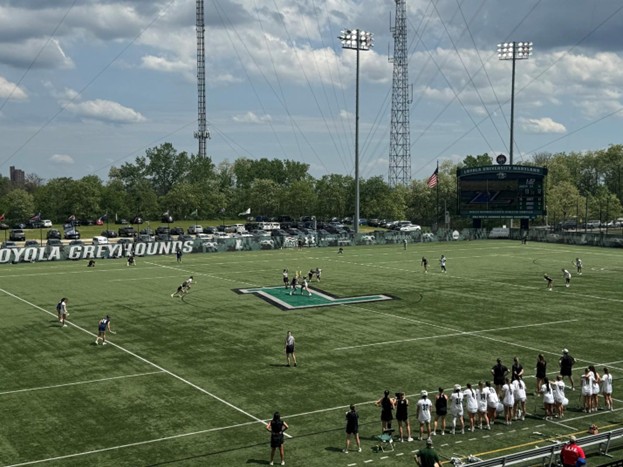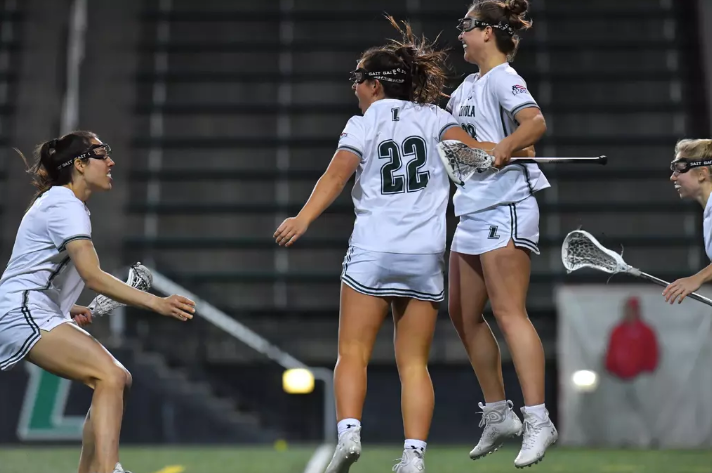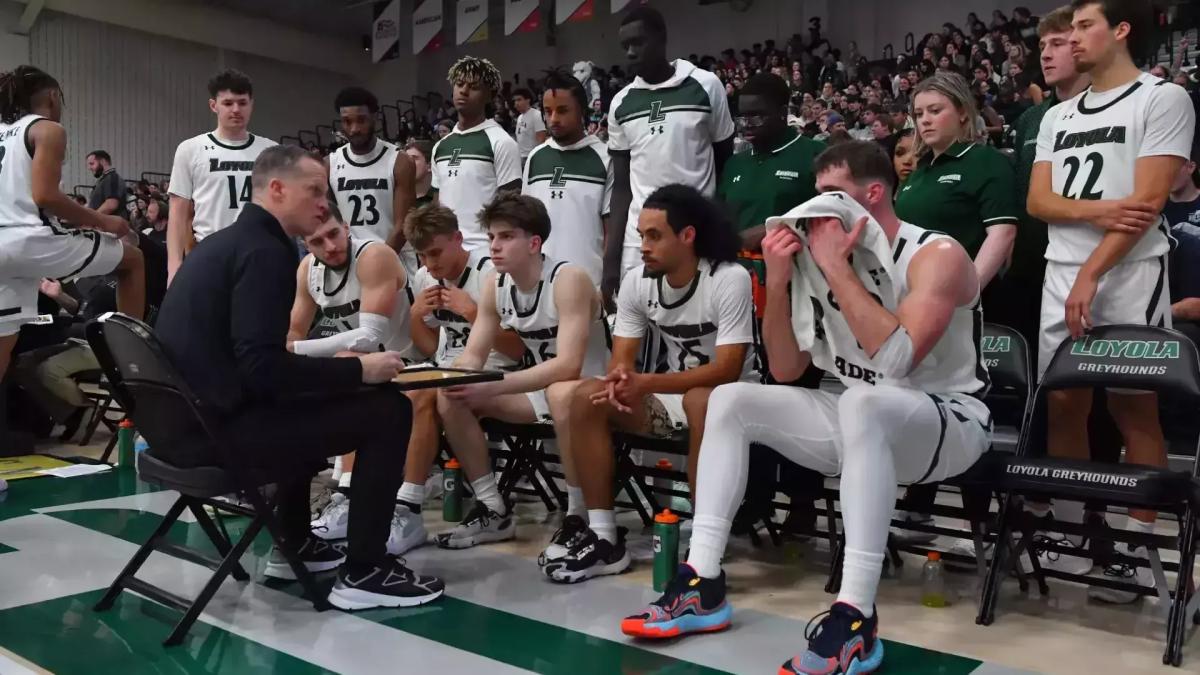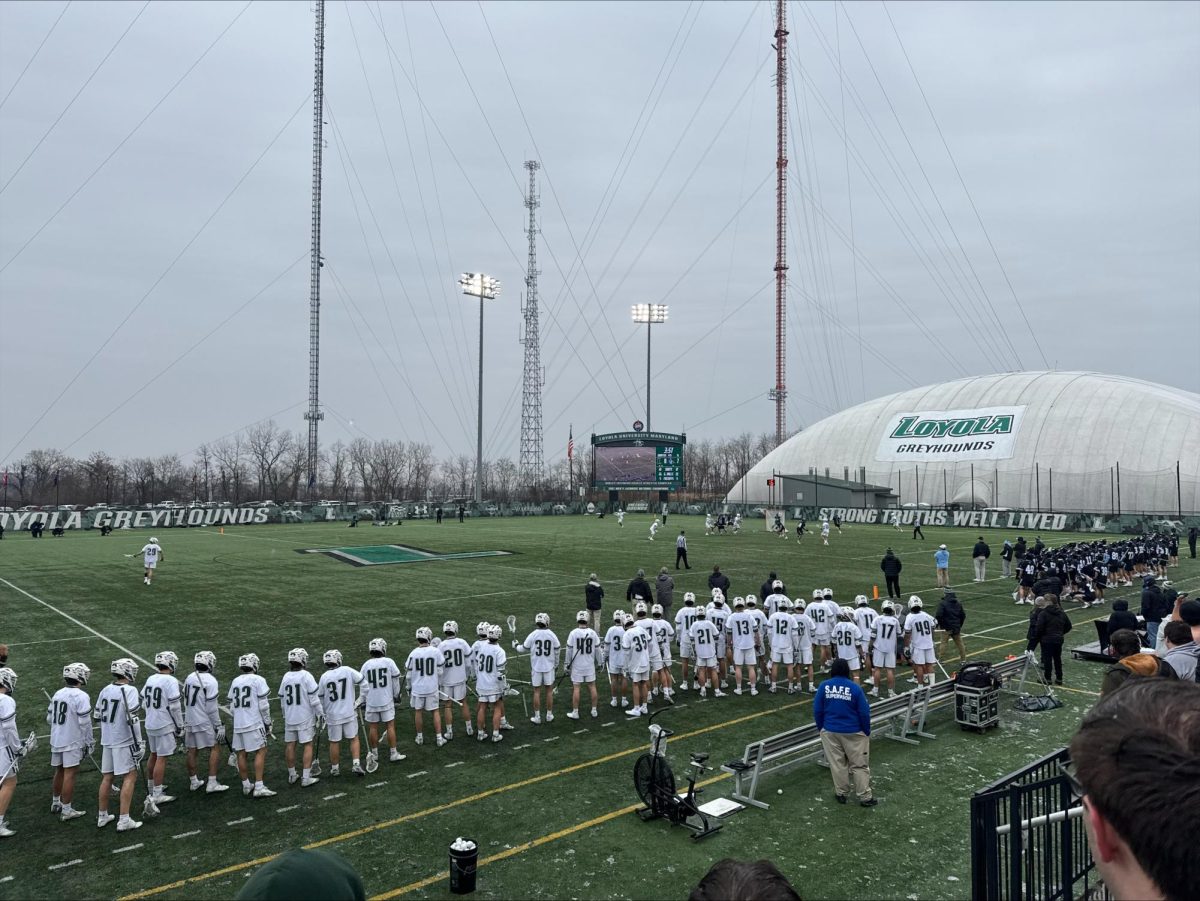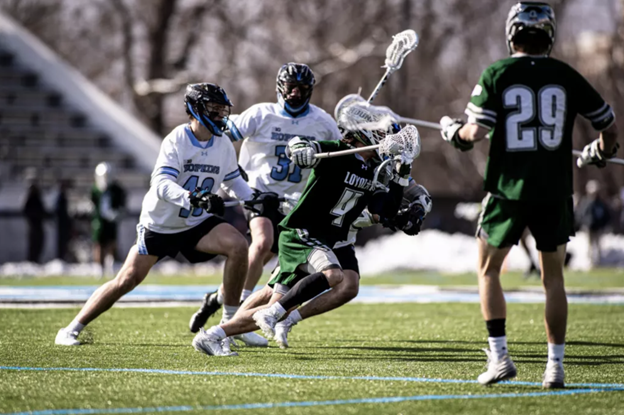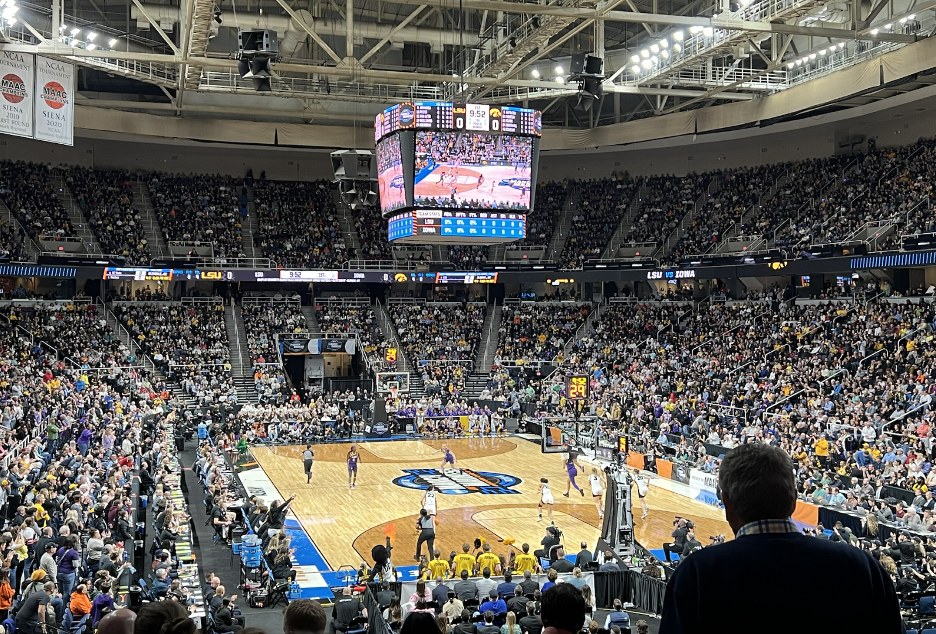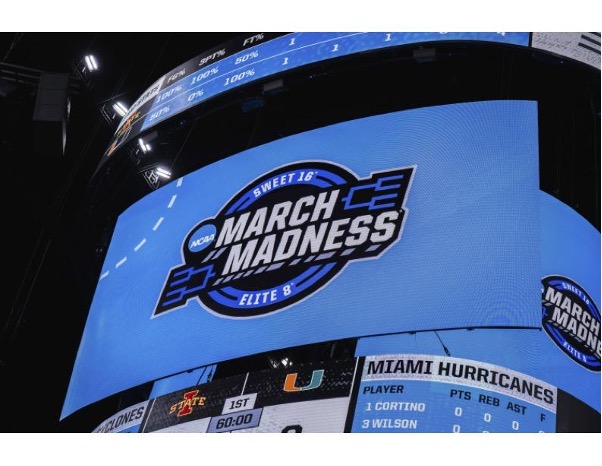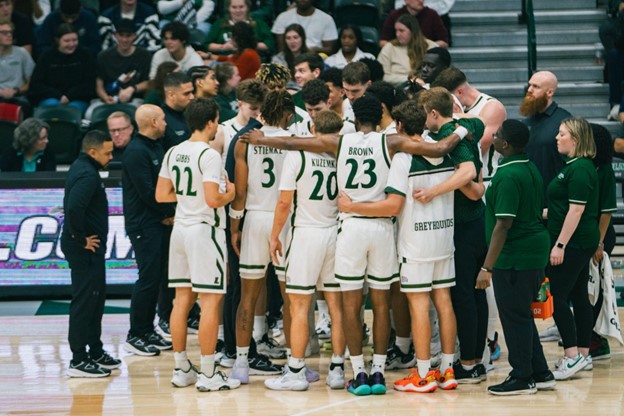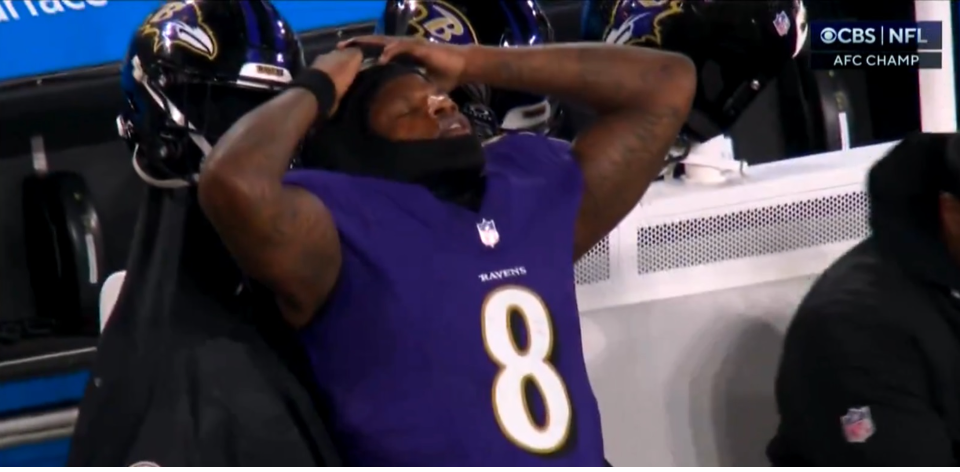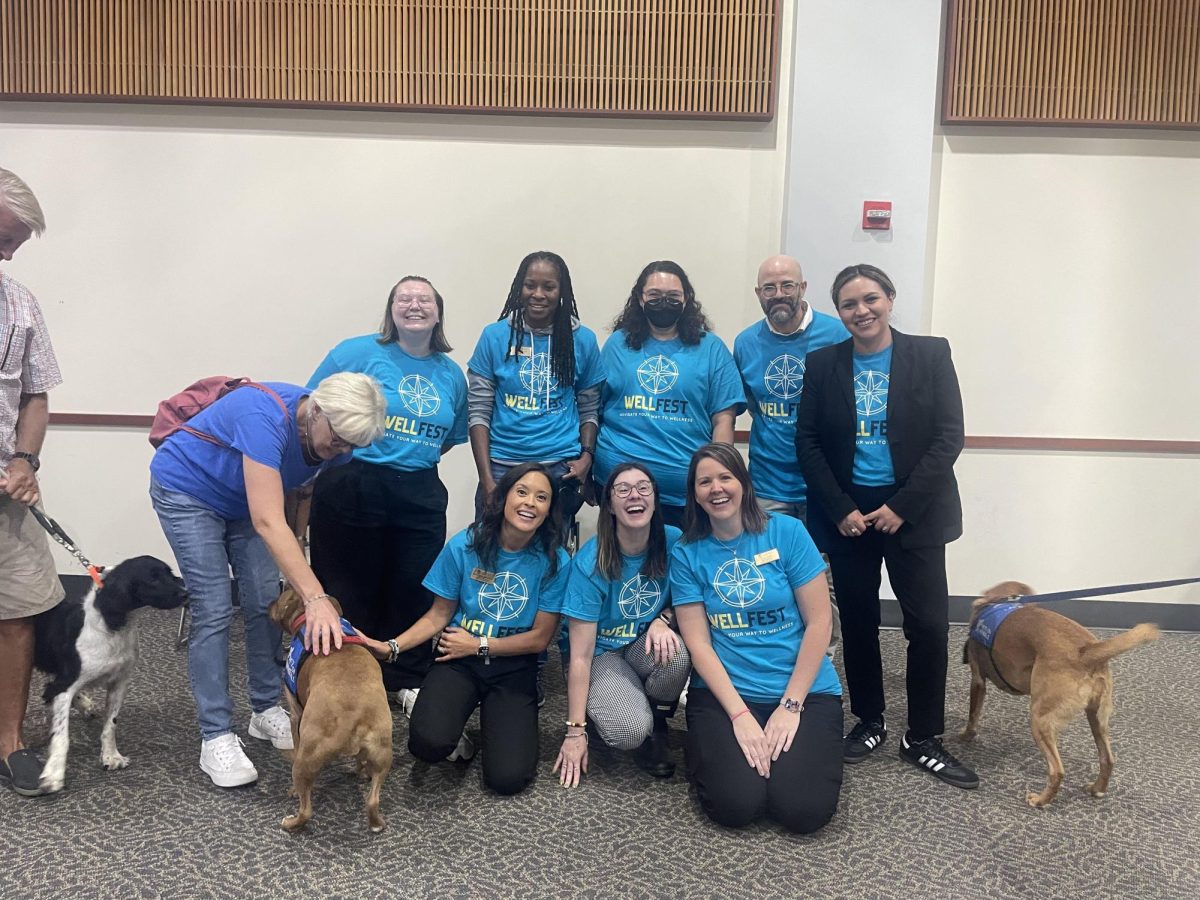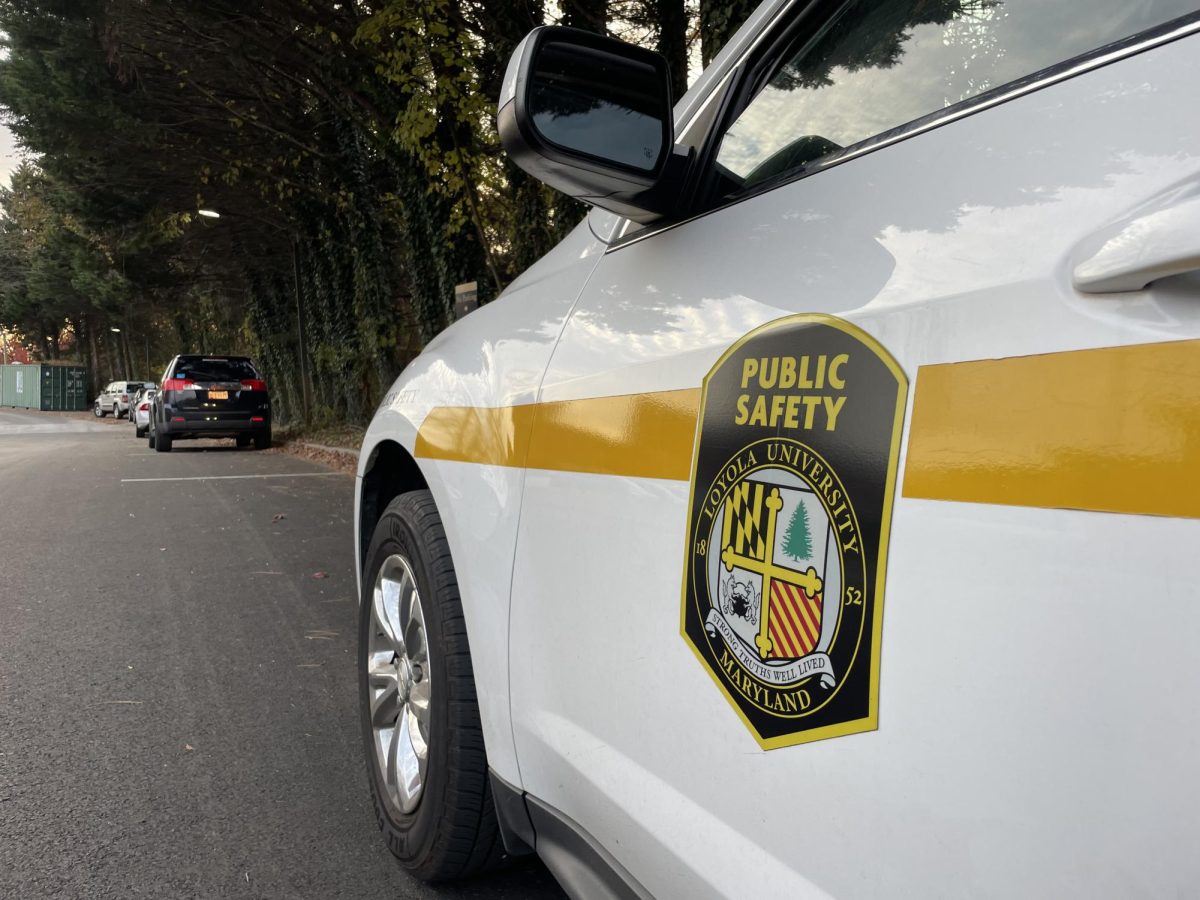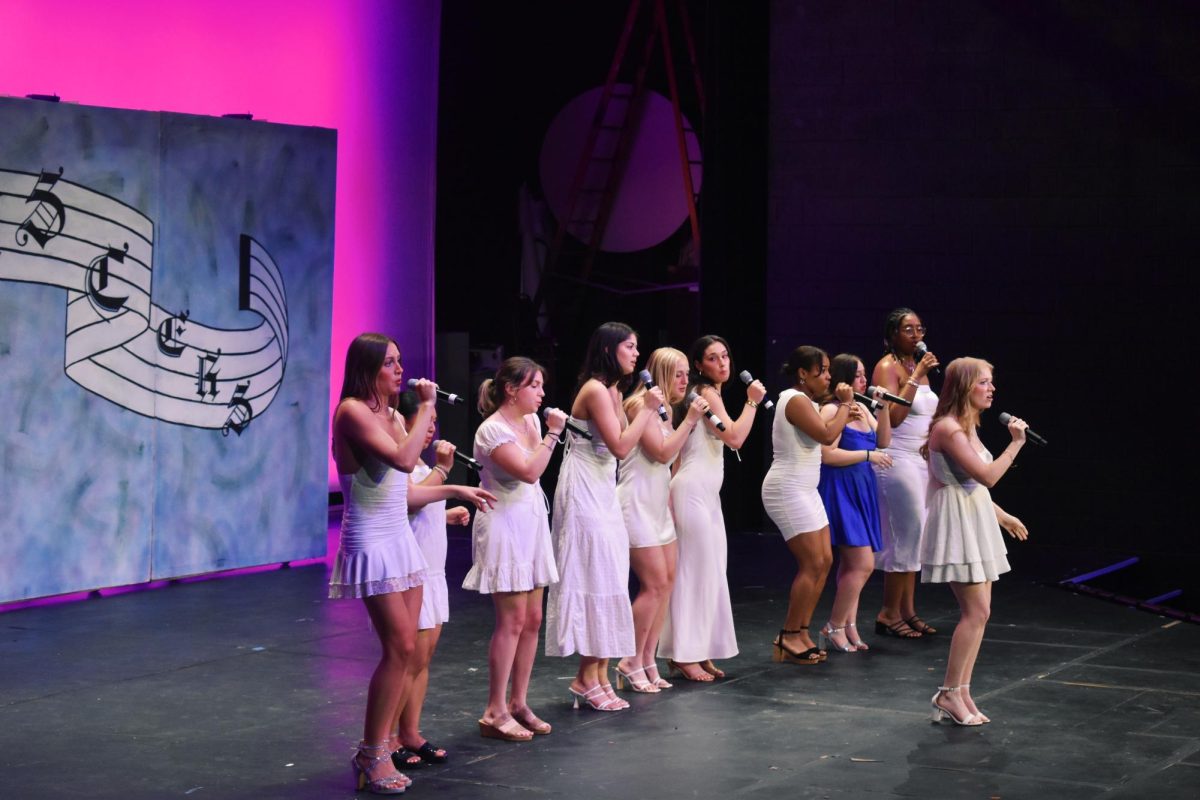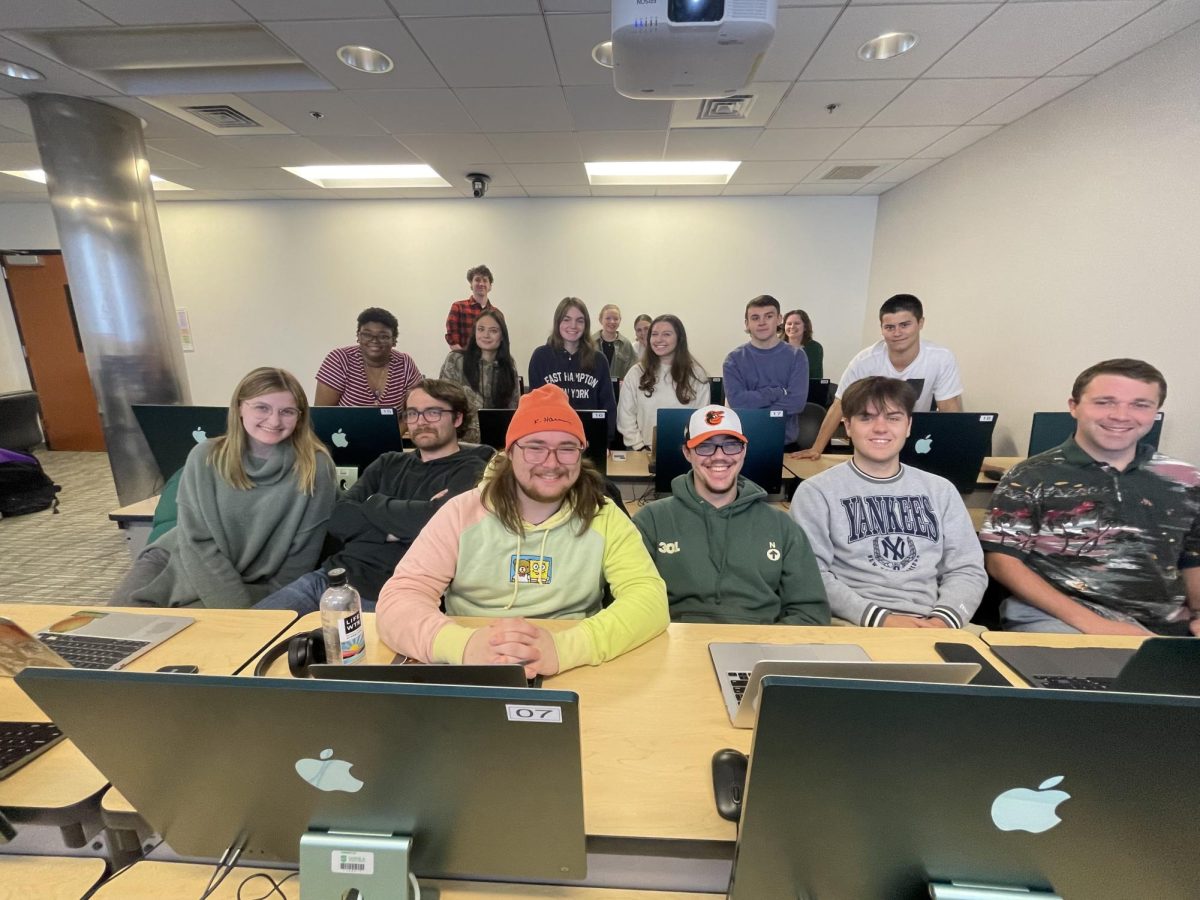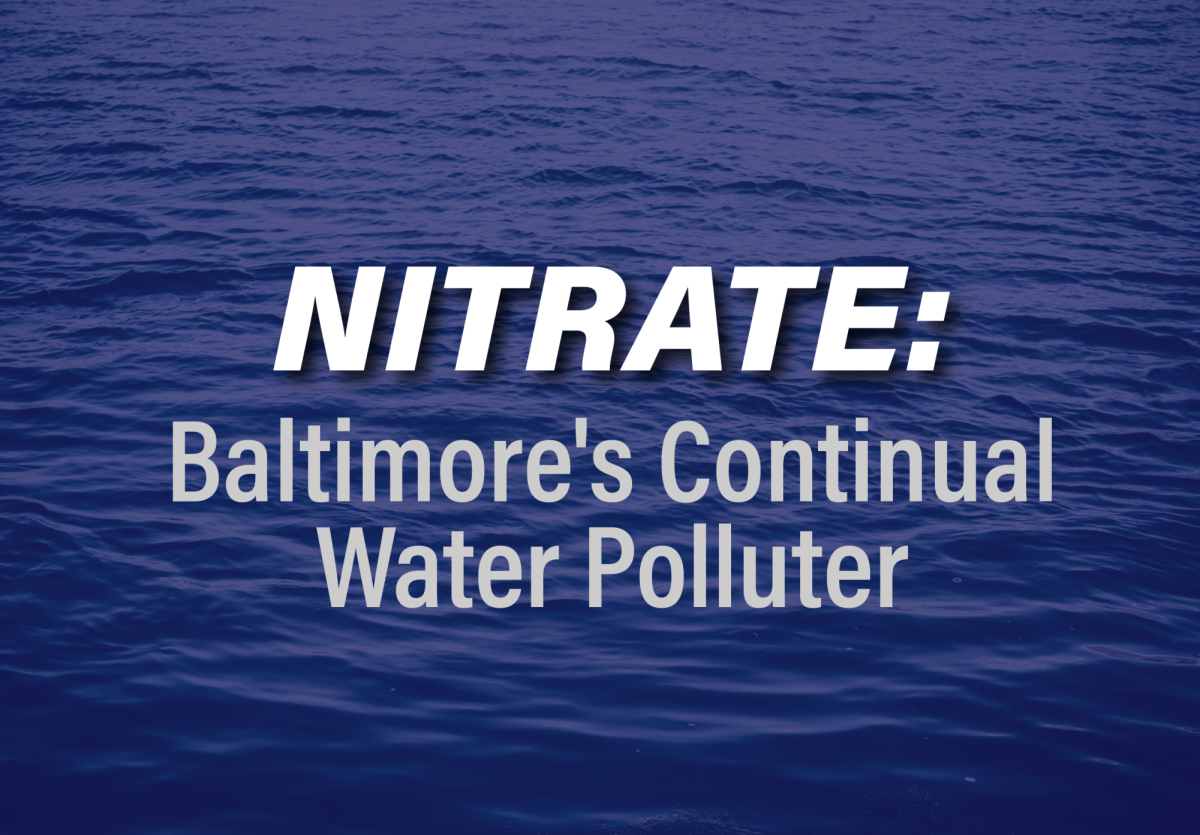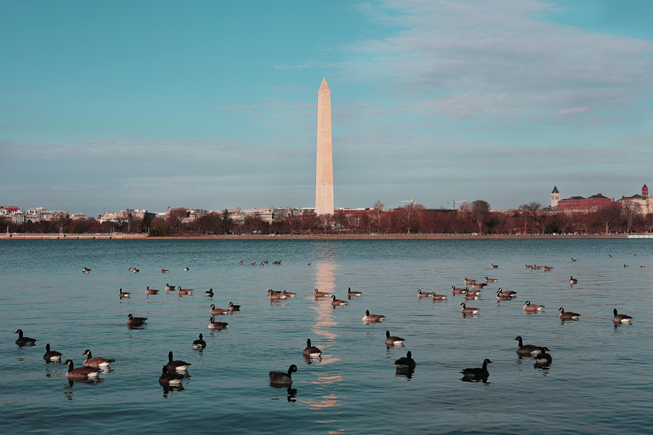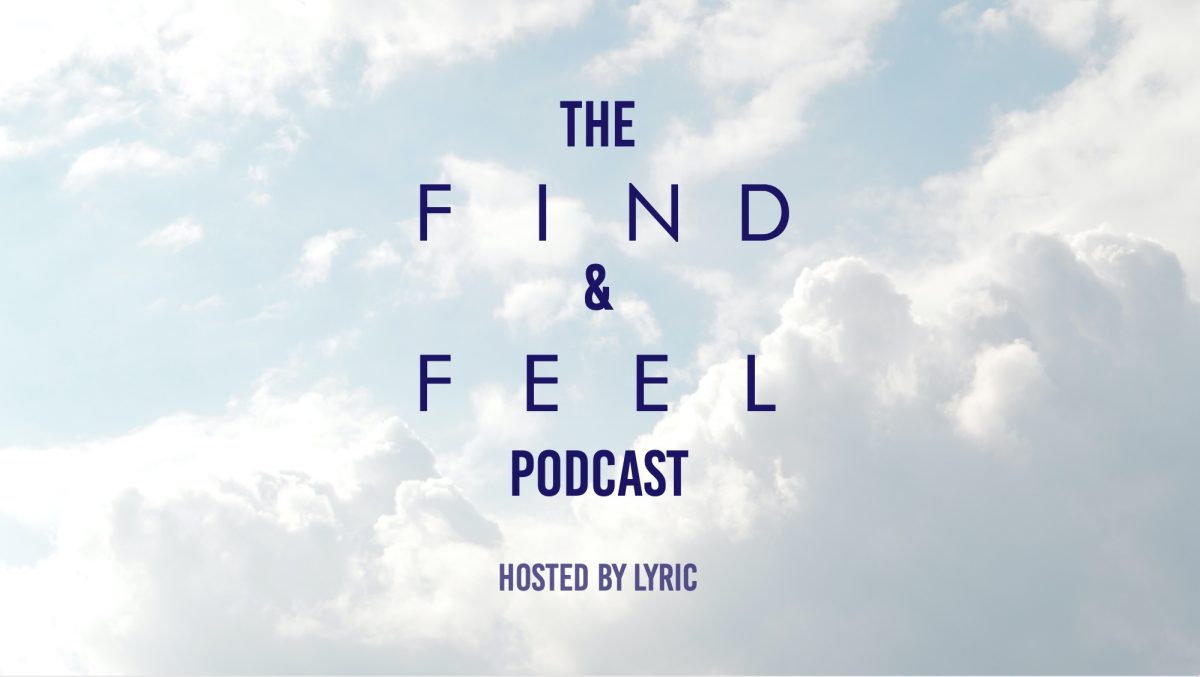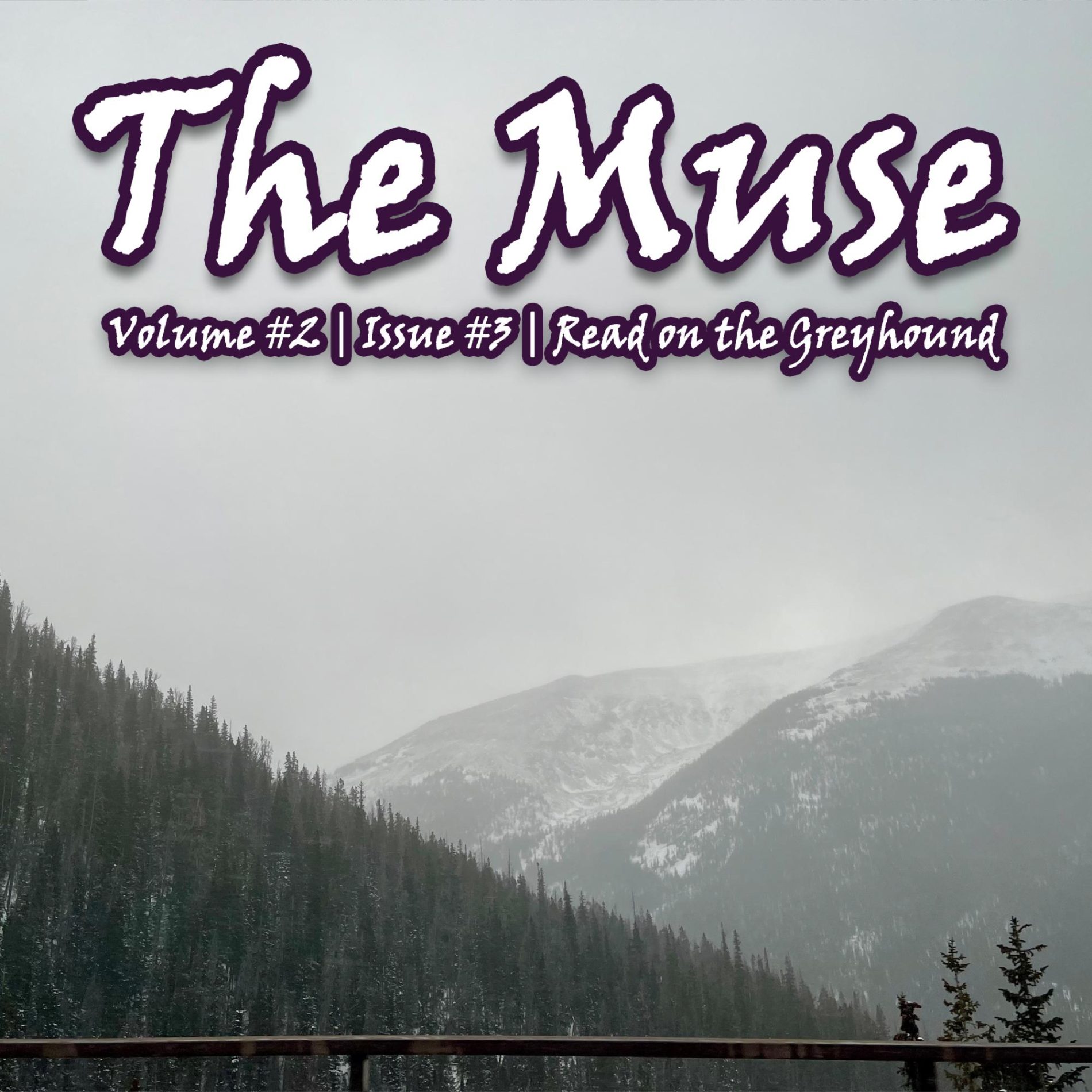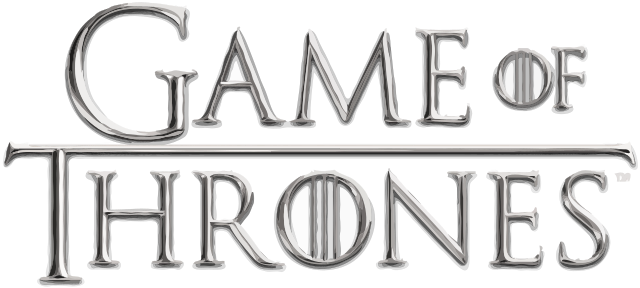The Center for the Humanities hosted a panel discussion regarding a phrase that has been used by many in recent weeks: “a constitutional crisis.” The term has been used by newspapers, politicians opposing President Trump and his initiatives, and concerned citizens alike. Panelists included professors from both the history and political science department who offered a wide range of commentary from the Constitutional Framers, to Watergate, to tug of war.
After the first month of his second term, concerns are growing over his consolidation of power and general decision making. Somewhere between thousands of federal employees losing their jobs, banning the Associated Press from the White House, and signing the most number of executive orders in a presidents first 100 days, rumblings about a constitutional crisis started. Some are debating if we are headed towards one, where others say the term is an understatement. Amongst the people pondering this issue are Loyola students and faculty.
The panel started with an overarching question: are we in a constitutional crisis? It was met with a resounding ‘maybe’ or ‘not quite yet’ from the panelists, including Dr. Matt Mulcahy as moderator, Dr. Matt Beverlin (J.D.), Dr. Kevin Hula, Dr. Douglas Harris, Dr. Miya Carey-Agyemang, and Dr. Janine Holc.
Dr. Beverlin continued, saying that if the courts are open, we are likely not in one.
“There were some instances during the Civil War where courts were not physically open,” Beverlin said.
He offered another way to assess if the United States is in a constitutional crisis or not is: by tracking if orders are being followed.
“Are orders being issued and ignored?” Beverlin asked. When this happens, he explains, is when America would be fully submerged in the issue.
Dr. Hula elaborated further from Dr. Beverlin’s response. He looks at this conversation from a birds-eye view, observing the system’s design.
He explains the foundation of the American institution and how the Federalist Papers relate to the modern day. In Federalist 51, James Madison writes about human nature and how he views it as a threat to government.
“He saw people as individuals who were ambitious. If you cannot trust human nature, how do you deal with that? The explanation that is given in the federalist papers is that you can’t change human nature…[therefore], the best you can do is try to play the ambition against each other,” Hula said.
The Constitutional Framers carefully designed the American Democratic Republic, which consists of three governmental branches. Dr. Hula offers a tug-of-war analogy for how the branches interact.
“An institution with my ambitions is going to be resisted by your branch because you have your own ambitions.This is when our government is healthy,” Hula said.
Continuing the tug-of-war analogy, Dr. Hula visually explains that a constitutional crisis would occur when someone “sets down their ropes, refuses to pull back, or when someone is trying to pull back and another branch snips the rope.”
Presently, the branches are holding their rope, although Dr. Hula described Trump as “jerking” his rope and “leaping backwards” with it and Congress has put theirs down– but has not yet let go.
He also warns that, should a sitting president not faithfully execute their duty to implement the laws Congress has passed (such as nixing programs or ignoring budgets), is when America would find themselves in a constitutional crisis.
Dr. Carey-Agyemang presented an alternative perspective, focusing specifically on the 14th Amendment.
The 14th Amendment was passed after the Civil War ended and signified the beginning of the Reconstruction Era. Primarily, the amendment sought to overturn the 1857 Supreme Court decision in Dred Scott v. Sandford, which ruled that Black people could not be U.S. citizens as they were formerly enslaved or decedents of enslaved people. This term became known as birthright citizenship, and is defined in the first section as:
“All persons born or naturalized in the United States, and subject to the jurisdiction thereof, are citizens of the United States and of the State wherein they reside. No State shall make or enforce any law which shall abridge the privileges or immunities of citizens of the United States; nor shall any State deprive any person of life, liberty, or property, without due process of law; nor deny to any person within its jurisdiction the equal protection of the laws.”
Dr. Carey-Agyemang expressed that, through this angle, America is on the constitutional crisis line as President Trump outlined plans to end birthright citizenship for children of undocumented people—even if they were born on U.S. soil.
She explains that the root of the 14th amendment is a “desire to repair,” so President Trump’s goal begs the question: ‘is this going to somehow undo some of the repair this amendment has tried to address?’
Dr. Holc, professor of political science, focused on specific tactics President Trump has been using that she warns is groundwork for a constitutional crisis.
“Trump has been doing two additional things.We have a lot of watchdogs built into the government. He’s been either gutting these positions or replacing them with loyalists,” Holc said.
This practice raises concern for government transparency and accountability. This was evident in his first term when he appointed his own family members. This time around, he is appointing friends and “loyalists” to high-ranking and powerful White House positions.
“The second thing is to look at the qualifications of the people he is putting into offices that are supposed to watch for corruption. He’s putting people in who are not qualified to intentionally weaken the FBI. These things make it much more difficult for the legislative branch to check the executive,” Holc said.
She concurred with Dr. Hula that the government is designed to be in contention with itself; her concern lies in the idea that he is purposefully positioning the legislative branch to be vulnerable to the executive branch.
“There are not watchdogs anymore, so the responsibility falls to us,” Holc said.
Some of the panelists began by dipping their toes in the idea of an active crisis, but by the end they seemed to be up to their knees. The group was unanimous in that, at the very least, America is treading down a dangerous path and citizens need to be aware of warning signs.
In agreement, Dr. Harris explains his diagnosis.
“Trump’s administrations aggressive actions fall under what we have generally called ‘overreach,’” Harris said.
Government overreach occurs when a government entity exceeds its legal or constitutional authority, often infringing on individual rights or state powers. This can be minor or systemic but does not necessarily threaten the entire system. A constitutional crisis happens when there is a fundamental breakdown in the function of government due to conflicts in constitutional interpretation, inability to enforce laws, or a failure of checks and balances. This threatens the stability of the legal or governmental framework.
Dr. Harris did qualify this by saying, “there are constitutional crises happening right now.”
As the forum opened to audience questions, some raised concerns about the consolidation of wealth and power in the executive branch as billionaires and mega-millionaires are packing department head roles. President Biden’s final address to Americans in December warned of an oligarchy forming in the government, and Dr. Harris concurred the idea.
“The best way to break oligarchs is economically,” Harris said.
He expects economic regression in strong Republican states with many farmers losing income due to Trump’s cut to programs like USAID which depended on farmers as much as farmers depended on it.
Dr. Harris finished by speaking directly to the students in the crowd.
“These are unique times. This is not something everyone experiences during their junior or senior year in college. This is an extraordinary and critical moment.”




